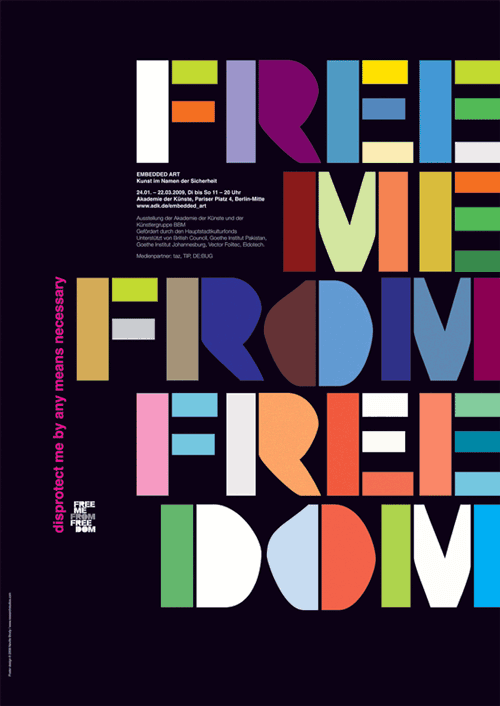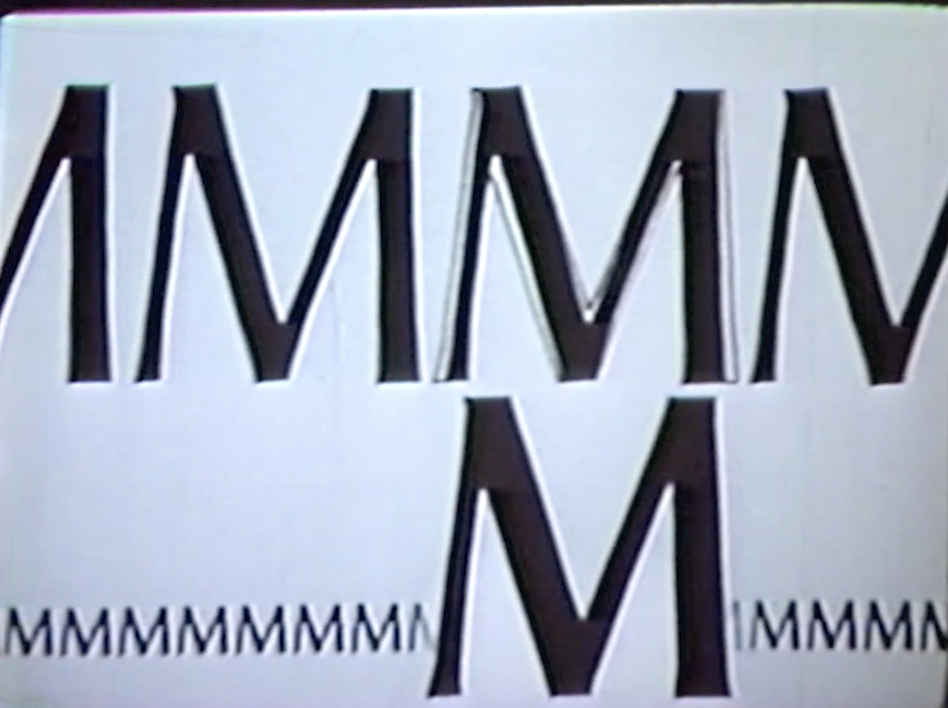NEVILLE BRODY
The most outstanding characteristic of Neville Brody would be his bravery in being adventurous, not allowing the opinions of others, even those of higher authority such as having his works be “condemned as uncommercial” by his teachers as well as almost getting expelled from college, to restrict his exploration of “new boundaries in graphic” design.
Brody sets himself as an inspiring figure, reminding us that while “safe and tested economic strategies” will always be, well, safe and tested, experimentation will always be needed for things to consistently evolve. And who knows, the results of your experimentation could lead to what becomes the next “safe and tested economic strategy”, seeing that “his experimental and challenging artwork gave new meaning to visual language.” 🙂
Additionally, I also like that Brody took inspiration from his surroundings (maybe not literally), such as the era of punk rock that heavily influenced his work and motivation. I tend to appreciate art (no matter their form) a lot more when they are instilled with meaning from the artist’s life and/or passions, hence this reading was a great reminder of how I may take inspiration from what’s going on in my own life at the moment to influence my work.
STYLE INSPIRATION

Unlike Massimo Vignelli who focuses on improving on a “signature” style with every new piece of work, I’ve noticed that Brody explores a very wide range of dynamic styles. I’m not sure which method of approach would work better for me, but Brody reminds me that while I am unsure of what my “style” is, I should never be afraid of playing around.















